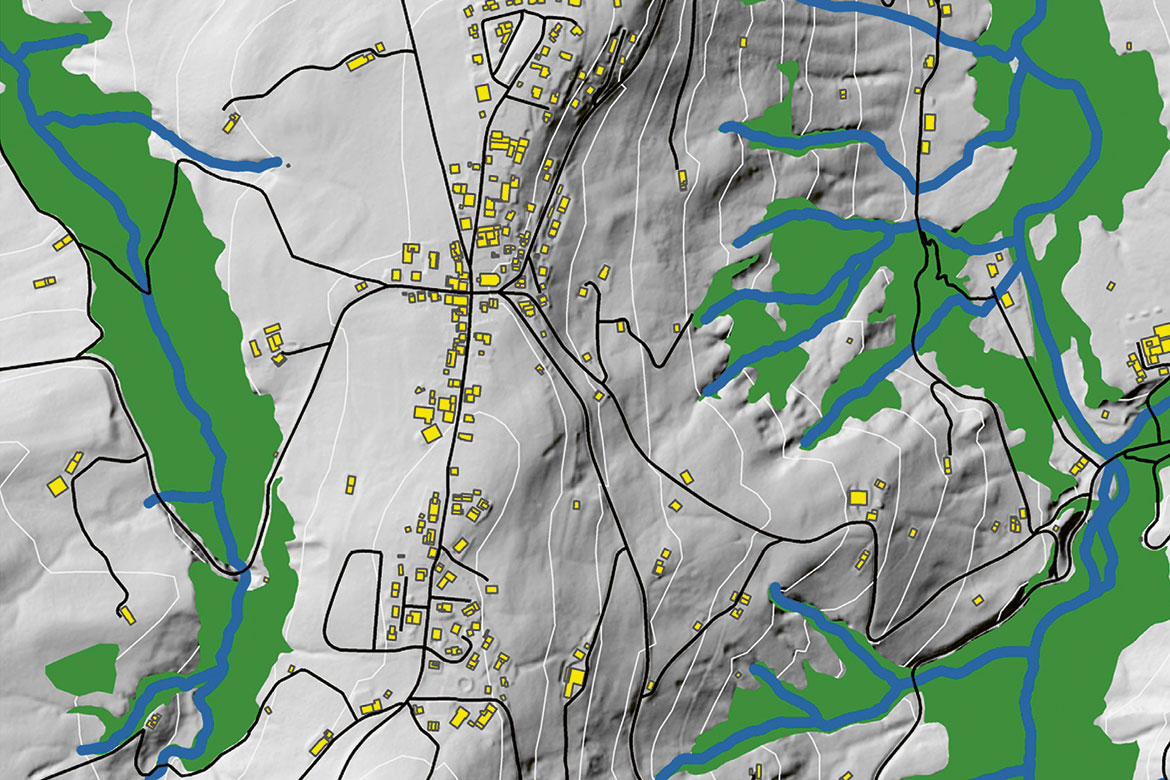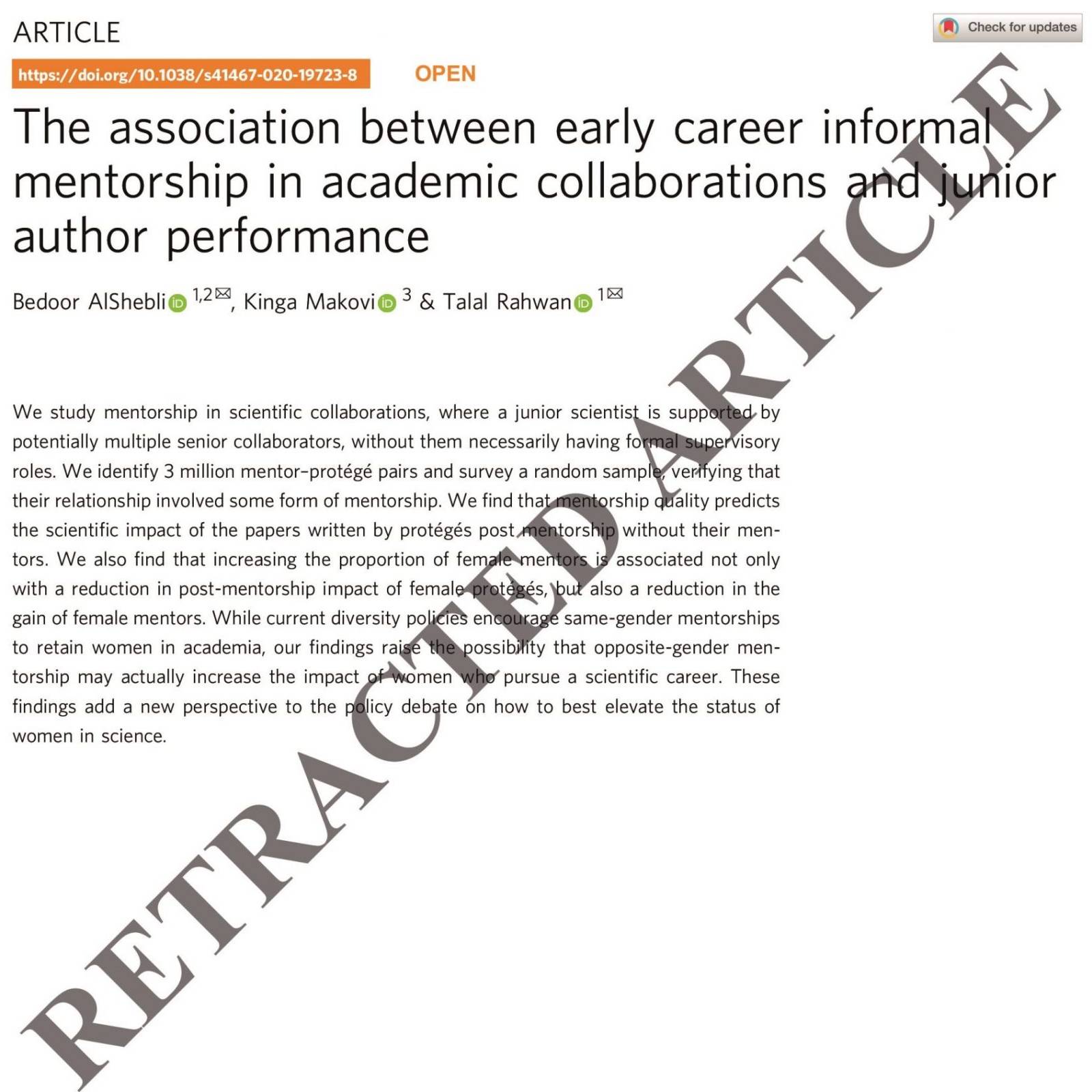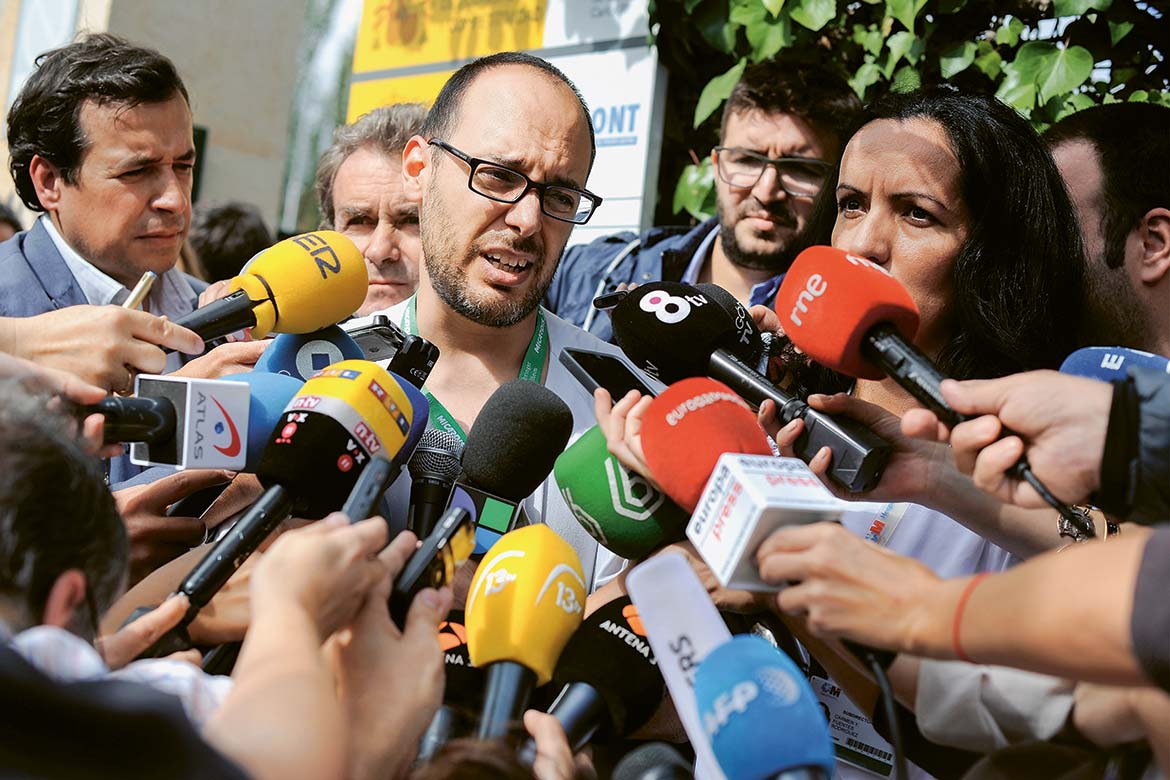How scientists ‘peeled’ the buildings of a village in St. Gallen
The energy transition will come to our cities. To understand how growth influences their energy systems, a team of scientists has begun by analysing a small-scale municipality with just 920 inhabitants – Hemberg in the canton of St. Gallen – in order to provide a simulation for the future.

With its 150 buildings and 920 inhabitants, the village of Hemberg in the Toggenburg region has provided researchers with a model to simulate energy consumption in the year 2050. | Picture: N. Mohajeri et al. (2019)
Cities will grow enormously in the coming years and are expected to play a crucial role in the transition to green energy. The way they develop has an impact on their entire energy system, e.g., the integration of renewable energies, the thermal efficiency of buildings and energy consumption. This is shown by a study conducted by Nahid Mohajeri at the Laboratory of Solar Energy and Physics of Buildings at EPFL, which simulated the impact of two possible future energy systems on the little town of Hemberg: densification (especially with high-rise buildings) and expansion (into the surrounding regions).
See-through village houses
The particularity of this research was that it focused on a specific, small-scale case, the village of Hemberg in the canton of St. Gallen, which has just 920 inhabitants. From 2017 to 2018, scientists conducted extensive statistical and field data collection there. Each of the village’s 150 buildings was examined. “We used software such as QGIS or CitySim to produce different scenarios of the village’s evolution over 30 years”, says Mohajeri, who completed a post-doc fellowship at EPFL and is now at Oxford University. “We first examined the evolution of the population and buildings, then that of the energy efficiency of buildings in relation to the climate, and finally the production of sustainable energy in relation to the costs of technologies. We then combined these results to calculate the impact of the type of urban form on the entire energy system. This is a first, as the work to date has analysed urban forms in relation to only one aspect of the energy system”.
The various simulations indicate that in 2050 Hemberg will have 1,300 inhabitants and that more than 75 percent of its electricity and heating will come from a mixture of wind power and local photovoltaic installations. Global warming will lead to a 115 percent increase in demand for home cooling, while the cost of energy technologies will have fallen by 50 percent.
Not surprisingly, densification is the best solution. “The big difference is in energy consumption, which is much lower than in the expansion scenario”, says Mohajeri. “In particular, densification makes it possible to improve the conservation of heat in buildings. The downside, however, is that it leaves less space on the roofs for solar panels. Each urban form has its advantages and disadvantages, which must be weighed against each other as part of the decision-making process. Moreover, in certain cities with very tall buildings, urban expansion will be seen favourably, given the shade effect and the limited space for solar panels”.
Energy before design
This analysis is confirmed by Christian Schaffner, the director of the Energy Science Center at ETH Zurich. However, he believes it wise not to overlook the other benefits of densification, particularly those relating to mobility and reduced land use. He also notes that photovoltaic panels can also be moved outside the city, “even into the Alps”.
According to Schaffner, the greatest potential will be found by taking into account both the question of the expansion of a city and the changes to its energy system. “This can clearly help local leaders in their decision-making. At present, the energy issue often comes too late in the urban-planning cycle: the first thing tends to be building design, then roads, and only lastly energy. It should be the other way around”. Solutions for the energy transition will come from multidisciplinary perspectives, such as the Hemberg study: “We need psychologists, sociologists, economists, urban planners and architects working with engineers. Because where technical solutions exist, their implementation is still complex”.
In the meantime, Mohajeri’s team continues to develop its simulation model. “We wanted to prove its robustness with a small village. We will now move to test it in larger cities”. A much more difficult task, as it will involve huge datasets. But she is confident: “I am convinced it will help our cities become greener”.




